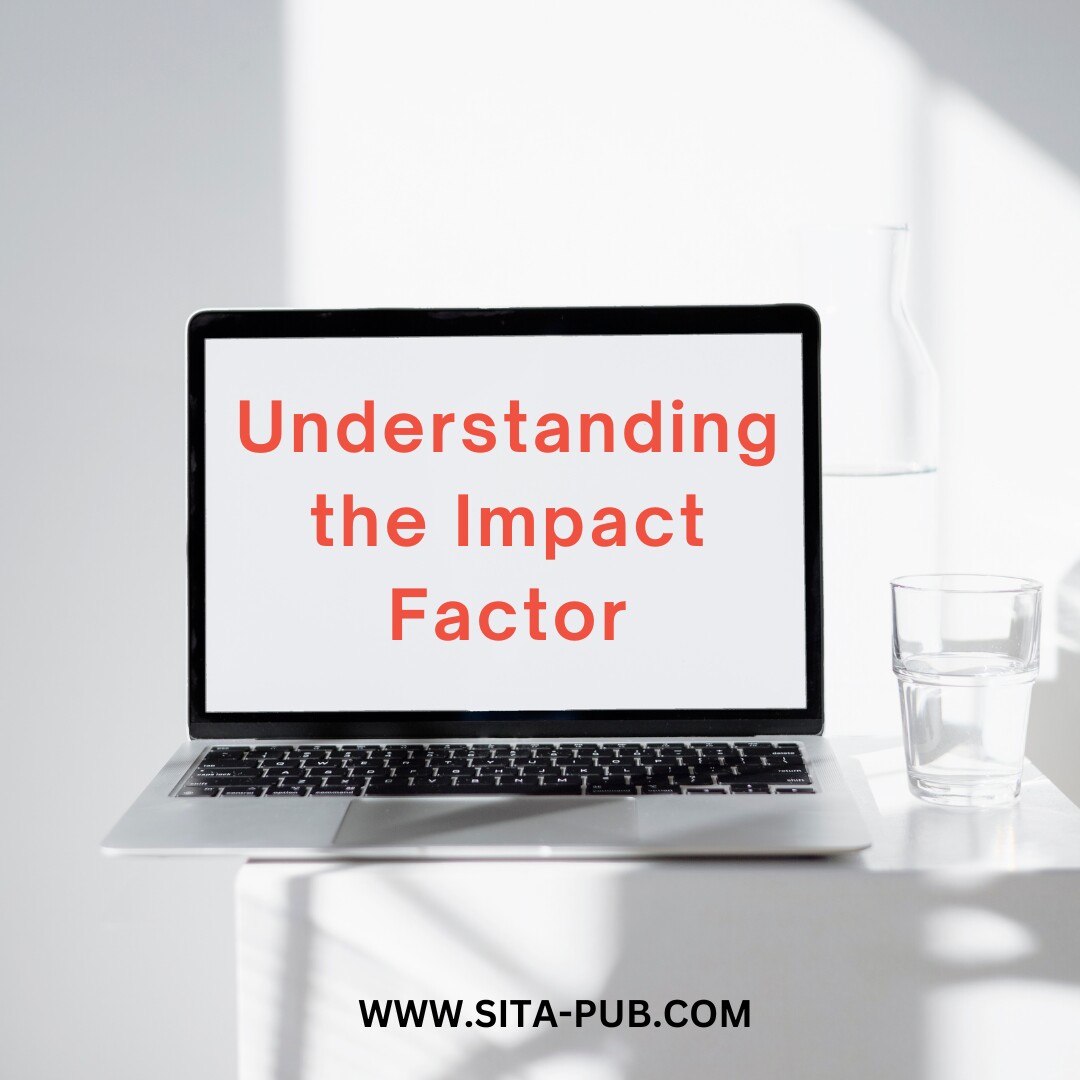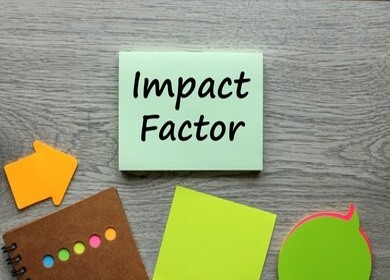Understanding the Impact Factor



The Journal Impact Factor (JIF) is a widely used metric in the academic community. It serves as an indicator of a scholarly journal's influence and prestige. The JIF, calculated by Clarivate Analytics, measures the average number of citations received by articles published in a journal over two years. Journals indexed in the prestigious Science Citation Index Expanded (SCIE) and Social Sciences Citation Index (SSCI) are eligible for an Impact Factor.
The JIF is an essential tool for researchers seeking to maximize the impact and visibility of their work. In the current information-rich landscape, these quantitative indicators provide crucial data on a journal's influence and relevance within its respective field. A higher JIF is often seen as a reflection of a journal's quality, as it suggests that the articles published within it are more frequently cited and, therefore, considered more impactful by the academic community.

There is no universal agreement on what constitutes a "good" Impact Factor, as it can vary significantly across different academic disciplines and fields of study. However, as a general guideline, a higher Impact Factor is generally considered more desirable, indicating that the journal is more influential and prestigious within its subject area.
According to a study published in the Journal of the American Society for Information Science and Technology, the average Impact Factor across all subject fields is around 1.5. Journals with Impact Factors above 3.0 are often considered highly prestigious and influential, while those with Impact Factors below 1.0 may be regarded as less impactful.
It is important to note that the "goodness" of an Impact Factor should be considered in the context of the specific field of study. For example, a high Impact Factor in a niche or highly specialized field may not be as impressive as a slightly lower Impact Factor in a more competitive and broad-based field. Additionally, the Impact Factor should not be the sole criterion for evaluating a journal's quality, as other factors, such as the journal's reputation, editorial practices, and the quality of the published content, should also be considered.
While the JIF remains a widely recognized indicator, it is not the only tool for evaluating journal quality. Researchers can also draw insights from a range of alternative metrics, each offering a unique perspective on a journal's impact and influence:
Measures the influence of a journal by analyzing the number of incoming citations it receives, weighted by the importance of the citing journals. A higher Eigenfactor Score indicates a more influential journal within its field.
Estimates the average influence of a journal's articles over the first five years after publication. It is calculated by dividing the Eigenfactor Score by the number of articles published by the journal. A higher Article Influence Score suggests that the journal's articles have a greater impact on the field.
Measures a journal's contextual citation impact by considering the unique citation patterns of its subject field. It provides a more field-specific assessment of a journal's influence compared to the general Impact Factor.
A prestige metric that evaluates a journal's influence by considering the number of citations it receives and the prestige of the citing journals. It provides a more nuanced view of a journal's standing within its field.
A measure of a journal's productivity and the impact of its published articles. It reflects both the number of publications and the number of citations those publications have received.
Why Choose SITA Academy?

Team of human professionals

Quality Assurance

Timely delivery

Satisfaction guarantee
What services do we offer?